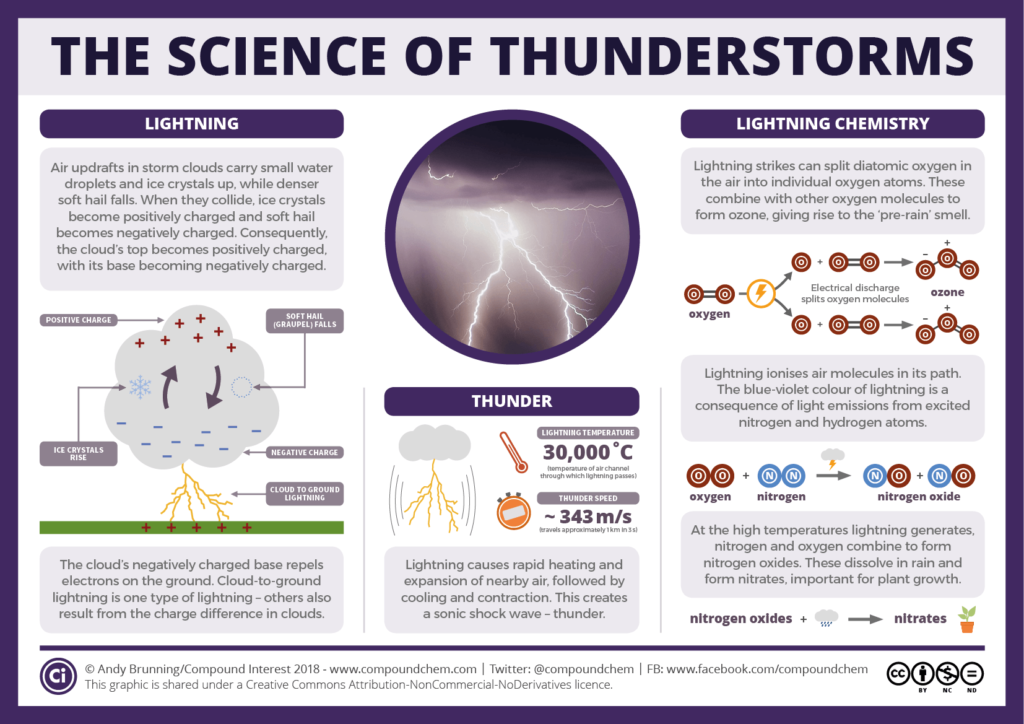7.E.1.1 Compare the composition, properties and structure of Earth’s atmosphere to include: mixtures of gases and differences in temperature and pressure within layers.
- What happens to the volume of air when it is heated or cooled
- Earth’s atmosphere layers explained with cartoon video
- Earth’s atmosphere layers research site from National Center for Science Education
- CK-12’s article on the layers of the atmosphere.
- Explore how gases behave using this PhET simulation.
- StudyJams: Layers of the Atmosphere
- Visit the Window to the Universe home page for all things atmosphere and weather ( Disponible en Español )
- Find out more here about NASA Missions Studying the Atmosphere

7.E.1.2 Explain how the cycling of water in and out of the atmosphere and atmospheric conditions relate to the weather patterns on Earth.
-
- NASAs Precipitation Education page
- Watch a video about the water cycle here
- Take a journey through the water cycle.
- El ciclo del aqua
7.E.1.3 Explain the relationship between the movement of air masses, high and low pressure systems, and frontal boundaries to storms (including thunderstorms, hurricanes, and tornadoes) and other weather conditions that may result.
- Study Jams: Air Masses and Fronts
- Study Jams: Air Pressure and Wind
- Study Jams: Severe Storms
- Make your own tornado tube like this!
- Think forecasting hurricanes is easy? Check out this interactive site to determine the factors that affect the track of a hurricane.
- Hurricane Irma making landfall in British Virgin Islands as reported by CNN.
- CITIZEN SCIENCE: Help Scientists Classify Hurricanes from Sat Imagery
- Why does air pressure change with altitude? This website gives some very detailed explanations for this question.
- How does pressure create wind?
- Thunderstorm basics. Includes links for all major storms.
- Play SciJinks Games from NOAA
- Learn about various weather topics from the MET Office’s YouTube channel.
- Explore different type of severe weather here.

7.E.1.4 Predict weather conditions and patterns based on information obtained from:
• Weather data collected from direct observations and measurement (wind speed and direction, air temperature, humidity and air pressure)
• Weather maps, satellites and radar
• Cloud shapes and types and associated elevation.
- Learn about the history of weather forecasting here.
- Information here on how to read weather maps.
- Weather symbols for maps here
- Study Jams: Weather Instruments
- Watch a weather balloon launch here
- Watch this amazing CGI video of how clouds are formed.
- Watch this video about the different types of clouds.
- Cloud Notes Resource
- Clouds memory game
- Study Jams: Climate and Weather
- Watch Mrs. Korman’s explanation of how weather models are created
- Explore the various weather models on your own at weathermodels.com
- Learn more about NOAAs GOES-EAST/WEST Geostationary Satellites here.
7.E.1.5 Explain the influence of convection, global winds and the jet stream on weather and climatic conditions.
- Differential Heating
- Cellular Circulation
- Coriolis Effect & Wind
- 2018 Weather Satellite (EUMET-SAT) Time Lapse
- Jet Streams
- Coriolis Effect
- Global Winds
- Land/Sea Breeze
- Sea Breeze
- Diagram on Atmospheric Energy Transfer
- Greenhouse Effect
- What is the Polar Vortex?
7.E.1.6 Conclude that the good health of humans requires: monitoring the atmosphere, maintaining air quality and stewardship.

Here is a fun memory from the WRAL weather center where Mrs. Korman got to watch our lovely meteorologist Elizabeth Gardner forecast an incoming snow storm.